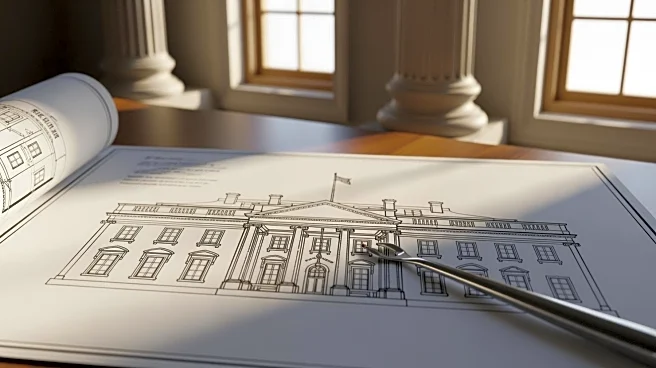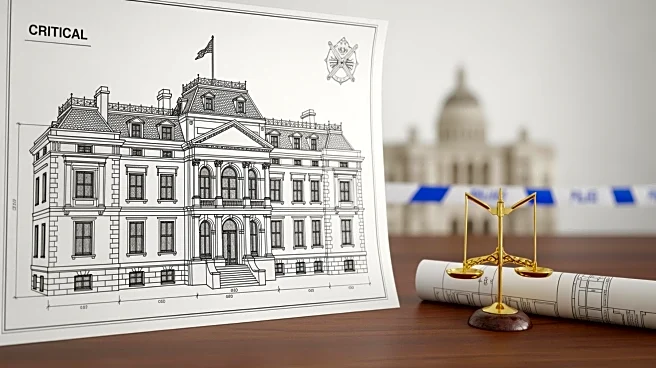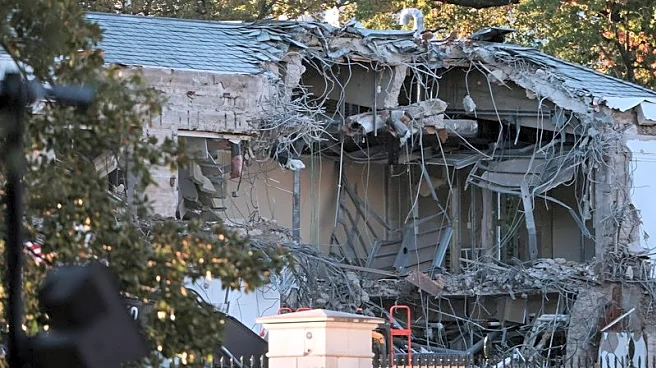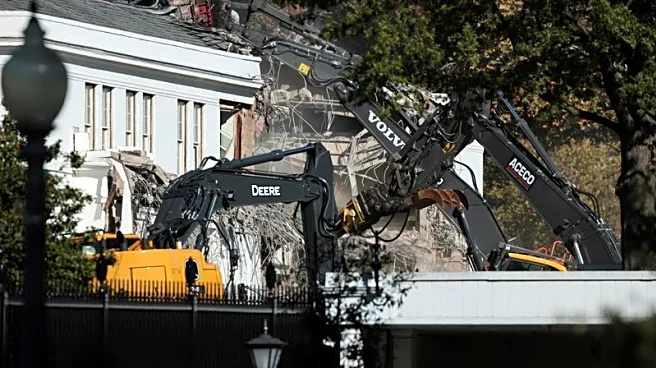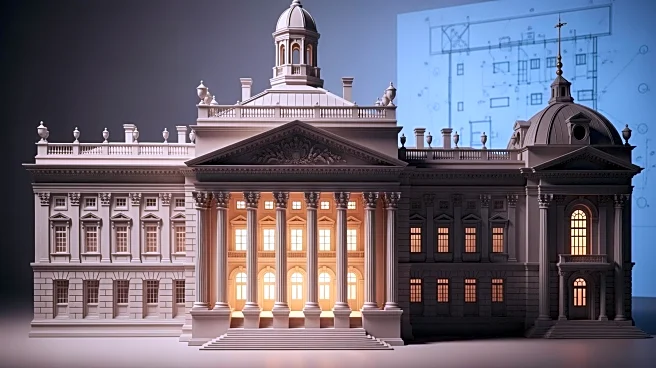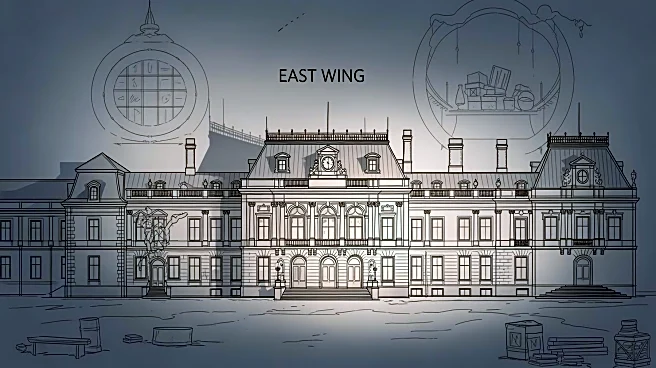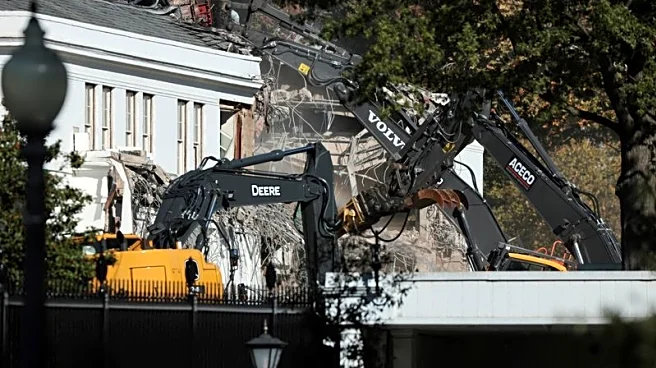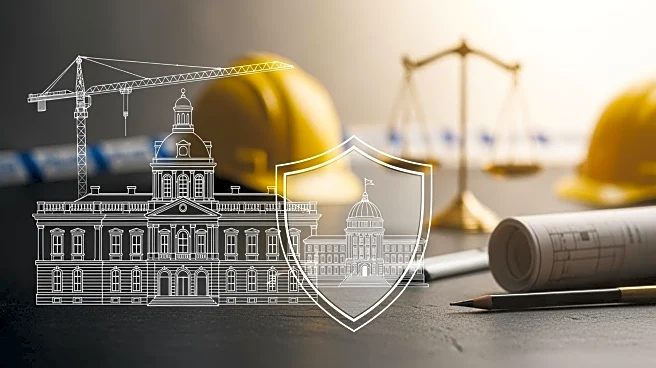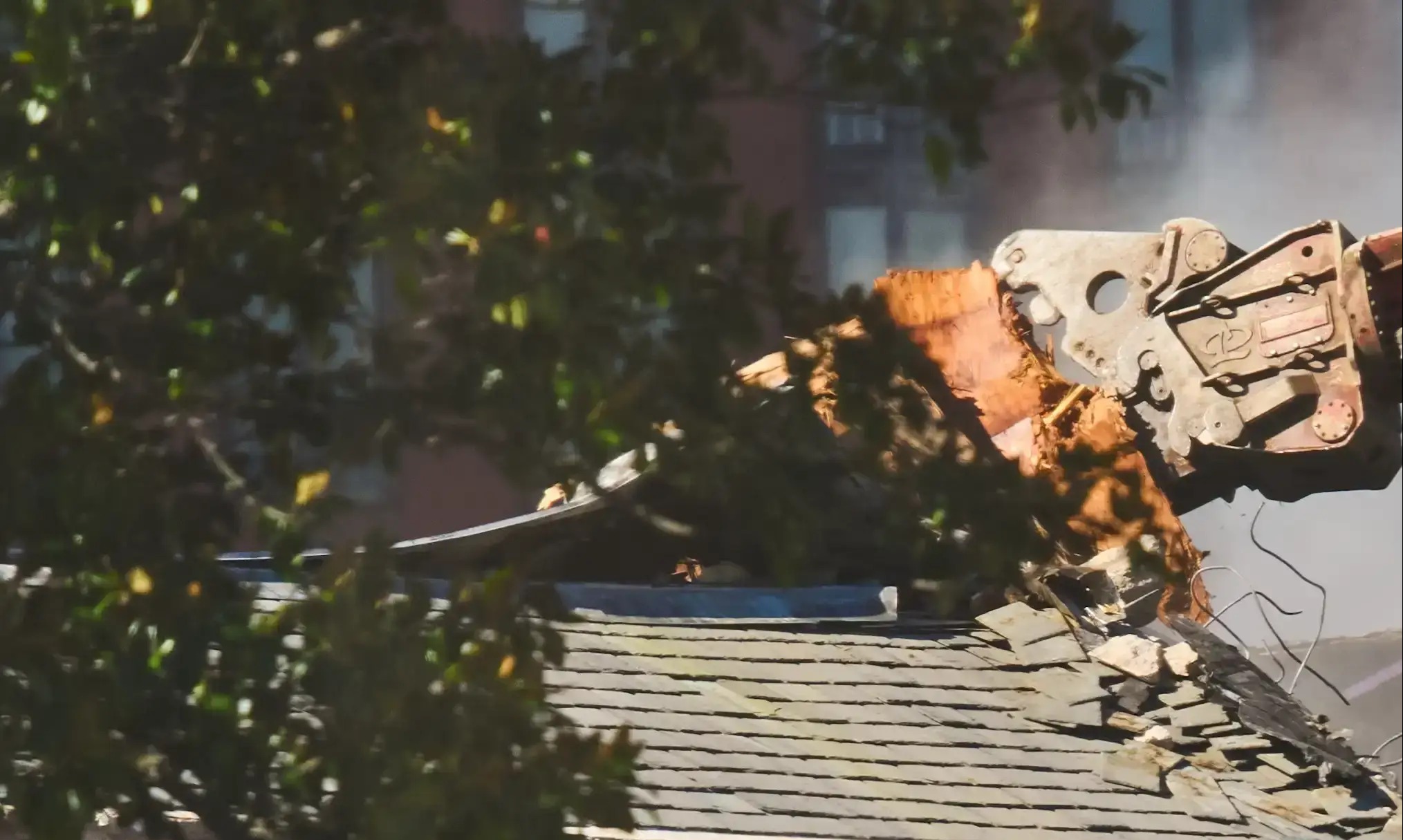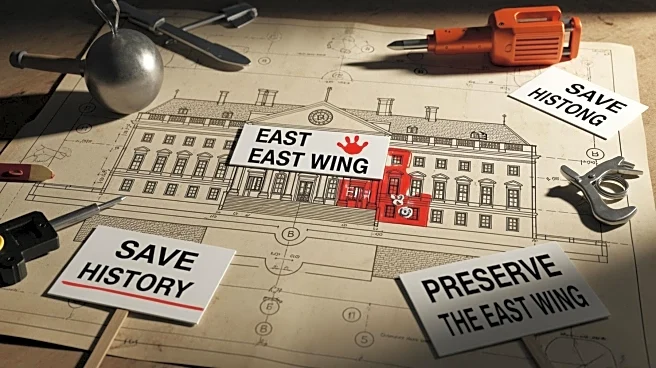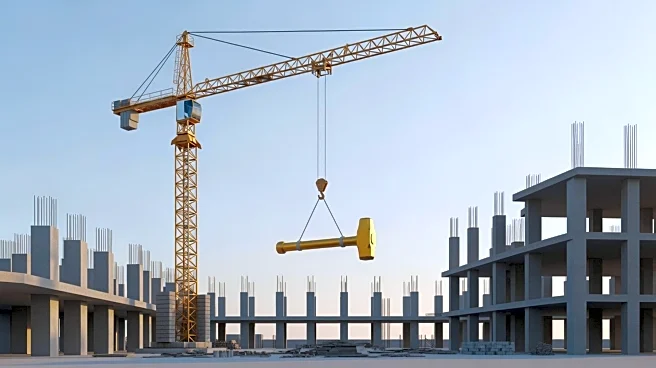What's Happening?
President Donald Trump's renovation plans for the White House have moved into the East Wing, sparking criticism from historical societies and political figures. The National Trust for Historic Preservation has expressed deep concern over the demolition,
urging a pause until the plans for the proposed ballroom undergo public review processes. The East Wing, originally a colonnaded terrace during President Thomas Jefferson's administration, has served various functions over the years, including office space and a visitor's entrance.
Why It's Important?
The demolition of the East Wing represents a significant change to a historic landmark, raising concerns about the preservation of national heritage. The lack of public consultation and transparency in the process highlights issues of accountability and the role of public input in decisions affecting historic sites. The project could set a precedent for future modifications to national landmarks, influencing how such decisions are made and who has a say in them.
What's Next?
Preservation groups are likely to continue advocating for a more open process and public review of the plans. The White House may face increased scrutiny from both political figures and the public, potentially affecting the project's timeline and scope. The involvement of private donors could also lead to further investigation into the influence of private interests on public affairs.
Beyond the Headlines
The project highlights the tension between modernization and preservation, raising ethical questions about the extent of presidential authority in altering national landmarks. The involvement of private donors underscores the influence of private interests in public projects, potentially affecting the perception of the presidency and its priorities.
